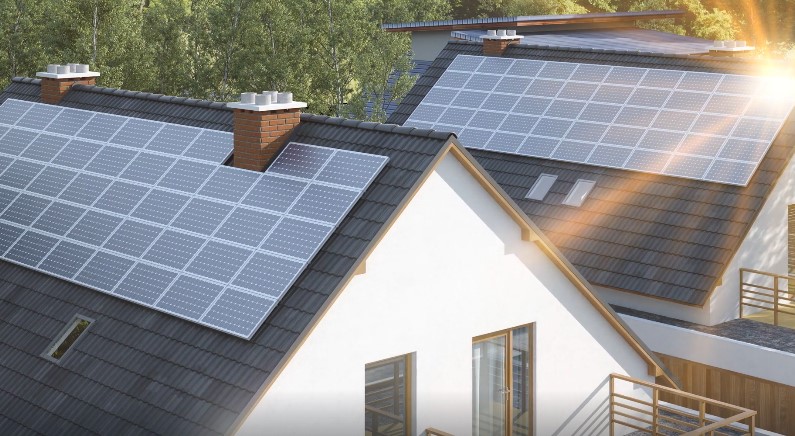The rooftop solar world isn’t just about big panels anymore. We’re in the age of solar roofs—systems that don’t just sit on your home but are your roof.
If you’ve ever squinted up at those sleek, dark solar shingles and wondered whether they’re built to last, you’re not alone. A lot of people are asking the same thing, especially with the growing shift toward clean energy and smart home upgrades.
Let’s get real about how long solar roofs last, what affects their lifespan, how they stack up against traditional solar panels and roofing materials, and what it actually means for your wallet and home value over the next few decades.
How Long Do Solar Roofs Actually Last?
In most cases, you’re looking at 25 to 30 years of productive life for solar shingles. That puts them right in line with traditional solar panels.
If your panels aren’t performing like they used to, it might be time to look into professional solar panel cleaning services to restore efficiency.
But there’s more nuance beneath the surface.
Here’s what really matters when talking about solar roof lifespan:
| Component | Expected Lifespan |
| Energy Output (Effective Use) | 25–30 years |
| Physical Roofing Integrity | 30+ years (often longer) |
| Manufacturer Warranty | 20–25 years (typical) |
Let’s unpack each of those a little more.
Energy Output Lifespan vs. Structural Lifespan
There’s a difference between the solar shingles working as a roof and generating electricity efficiently. Over time, the photovoltaic cells degrade. It’s a slow fade, but it’s there.
- Degradation Rate: About 0.5% per year (similar to regular panels).
- After 20 years, you can expect around 90% of original energy output.
- After 25 years, it might dip closer to 85%.
How Do Solar Shingles Stack Up Against Other Roofing Materials?
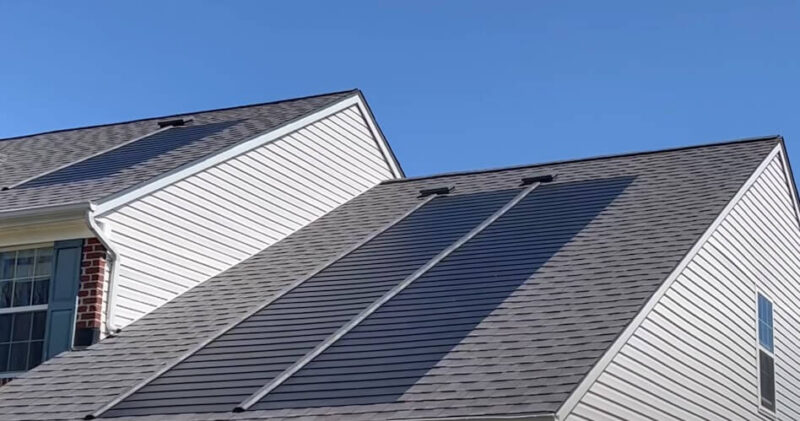
Here’s how solar shingles compare in terms of longevity:
| Roofing Material | Average Lifespan |
| Three-tab asphalt shingles | 15–20 years |
| Luxury asphalt shingles | Up to 30 years |
| Wood or metal shingles | ~30 years |
| Concrete tiles | ~50 years |
| Slate or clay tiles | 75–100+ years |
| Traditional solar panels | 25–30 years (energy) |
| Solar shingles | 25–30 years |
What Impacts the Lifespan of Solar Roofs?
Now we’re getting to the stuff that really matters. Here are the biggest factors that determine how long your solar shingles will go the distance:
1. Material Quality
High-end shingles use monocrystalline silicon—the same tech found in premium solar panels. These can reach efficiencies of up to 17%, compared to 10–15% on older panel tech.
Some budget-friendly shingles? Not so great. Lower efficiency and faster degradation can shave years off their productive life.
2. Installation Quality
This part can make or break your investment. Installing solar shingles is a blend of roofing and electrical work—a tricky combo that demands experience.
- A bad install can cause leaks, hotspots, and early failure.
- Poor workmanship might also void your warranty. Yep, that clause is often buried in the fine print.
Stick with certified pros who’ve worked on integrated solar systems—not just traditional panels.
3. Maintenance Routine
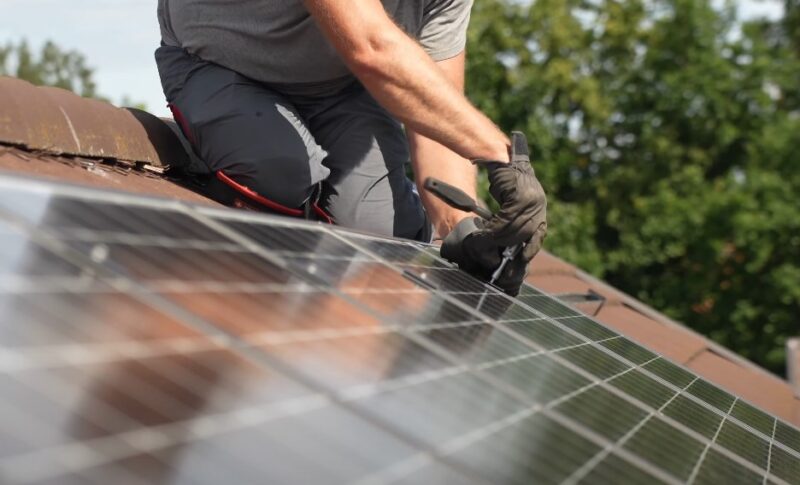
Solar roofs don’t need a ton of maintenance, but they’re not totally set-it-and-forget-it either.
- Regular cleaning helps prevent efficiency loss from dirt, bird droppings, or snow.
- Annual inspections can catch cracks or electrical issues early.
- Tree trimming helps avoid shade that cuts output and causes localized wear.
If you’re in a region with lots of snow, plan on investing in a good snow rake—or better yet, a professional crew to keep things clear.
4. Environmental Conditions
Weather plays a big role:
- Hail can create tiny cracks that affect both roofing protection and solar function.
- Extreme heat over time may speed up degradation.
- High winds? Most top-tier solar shingles are rated to withstand hurricane-force gusts, but it’s worth checking your local code.
Think of it like tires: the same set might last 40,000 miles in Oregon but wear out quicker in Arizona.
5. Roof Orientation and Design
Solar output depends on sunlight. Roofs facing south (in the Northern Hemisphere) perform best. Shingles on steep slopes might also shed debris better and stay cleaner.
Solar Shingles vs. Traditional Solar Panels
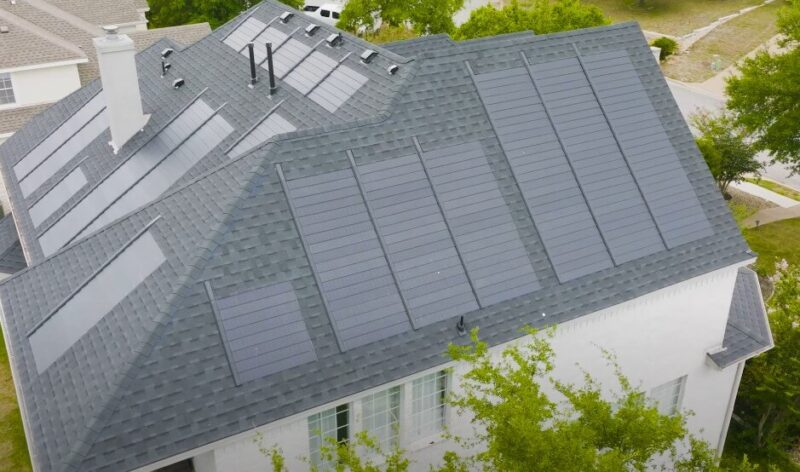
So, should you go with a sleek new solar roof—or stick with time-tested panels? Here’s how they compare head-to-head:
| Feature | Solar Shingles | Traditional Panels |
| Lifespan (energy) | 25–30 years | 25–30 years |
| Aesthetics | Seamless, integrated look | Bulky, sits on top of roof |
| Cost | $30,000–$45,000+ | $15,000–$25,000 |
| Efficiency | Up to 17% (varies by brand) | Up to 22% (some models) |
| Roof replacement need | No (doubles as roof) | Yes (if roof is aging) |
| Maintenance | Slightly less accessible | Easier to inspect/replace |
Warranty Breakdown
Many manufacturers offer warranties that look great on paper. But let’s break down what those numbers usually mean:
- Product warranty: Covers defects in materials or workmanship. Usually 20–25 years.
- Power output guarantee: Typically promises:
- 90% output at 10 years
- 80% output at 25 years
- Weather coverage: Some also include wind, snow, or hail damage—but check the exclusions.
SunStyle, for example, provides a 25-year product and performance warranty—which is about as solid as it gets right now.
Market Growth and Trends
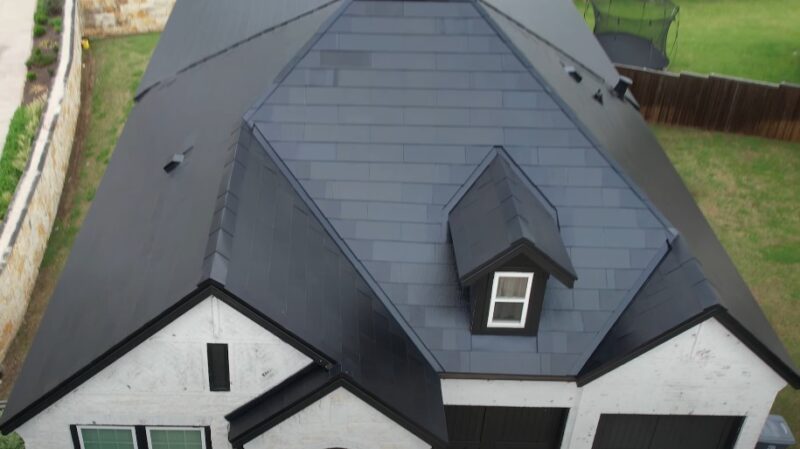
While traditional solar panels have been around for decades, solar roofs are still fairly new. Brands like:
- Tesla: Stylish, high-tech systems with solar energy storage integration
- GAF Timberline Solar: One of the first nailable solar shingles—huge for roofers
- CertainTeed: Longstanding roofing manufacturer now pushing solar options
As adoption grows and competition heats up, expect better pricing, stronger warranties, and more efficient shingles to become the norm.
Tips for Getting the Most Out of a Solar Roof
Thinking of jumping in? Here’s how to make the most of your investment:
Start with a Roof Evaluation
If your current roof is 20+ years old, it’s probably due for replacement soon anyway. Solar shingles can kill two birds with one stone.
Choose an Experienced Installer
Don’t DIY. Seriously. Make sure they’re certified and familiar with solar roofing systems—not just panels.
Take Advantage of Incentives
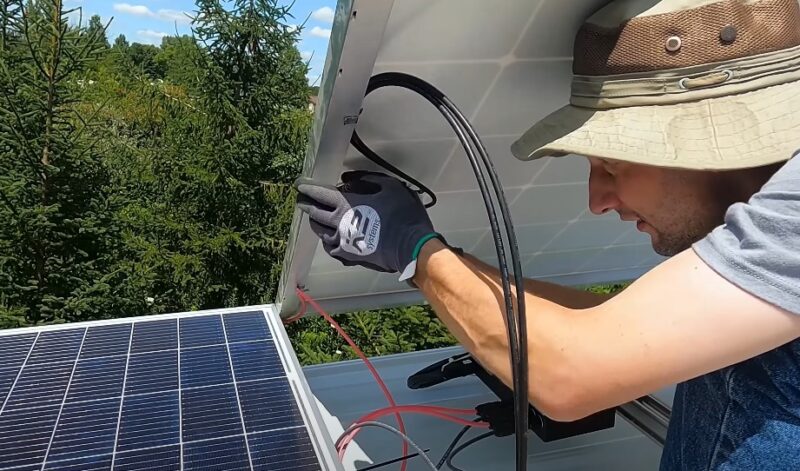
The Residential Clean Energy Credit covers 30% of installation costs in the U.S. Many states also offer rebates or property tax exemptions.
Plan for Maintenance
Schedule a quick check-up every couple years. It’s not just about cleaning—it’s about protecting your power investment.
Think About Resale Value
Homes with solar can command higher prices, especially in competitive housing markets. A sleek solar roof can be a major selling point.
So, Are Solar Roofs Built to Last?
Yes—solar roofs are built to go the distance.
With a typical 25–30 year energy output lifespan and 30+ years of roof protection, they offer a solid return on investment, especially when paired with government incentives and long-term energy savings.
But like any home upgrade, their success depends on smart planning, quality materials, and professional installation.
If you’re replacing a roof anyway or building a new home, solar shingles are worth serious consideration—not just for the clean energy, but for the modern look and long-term value.

